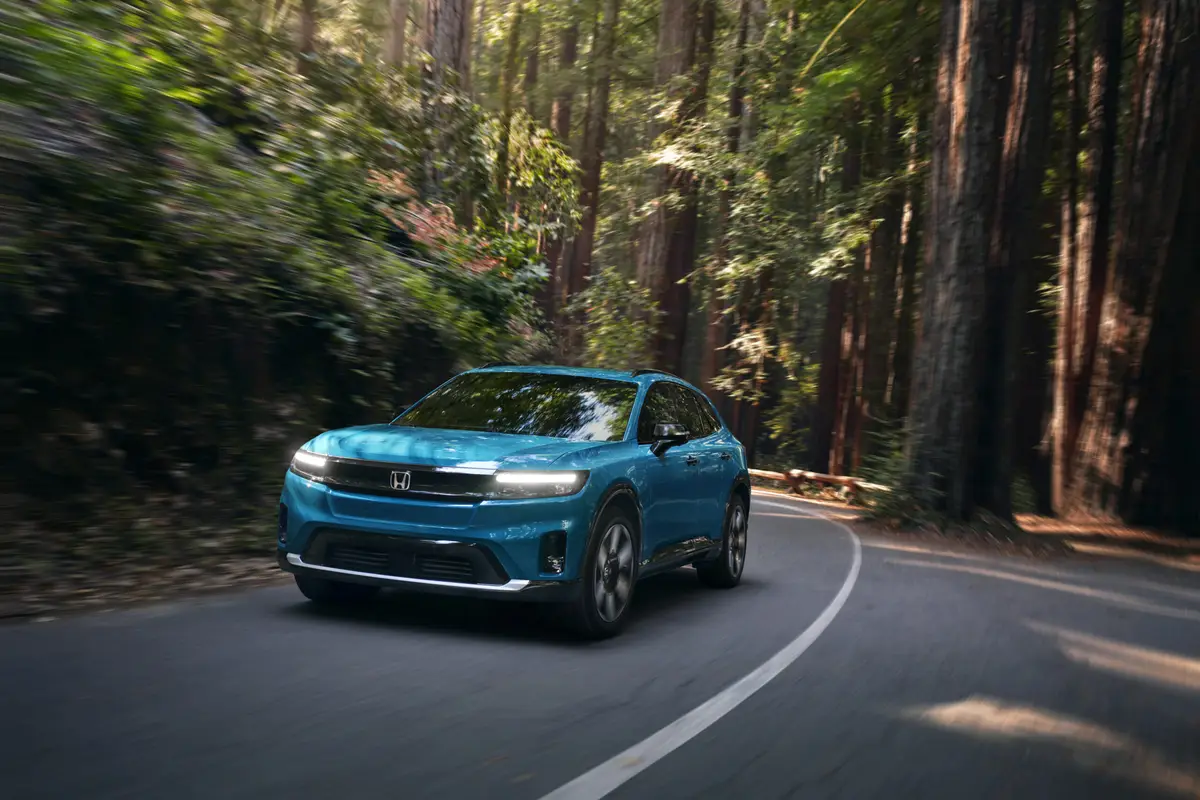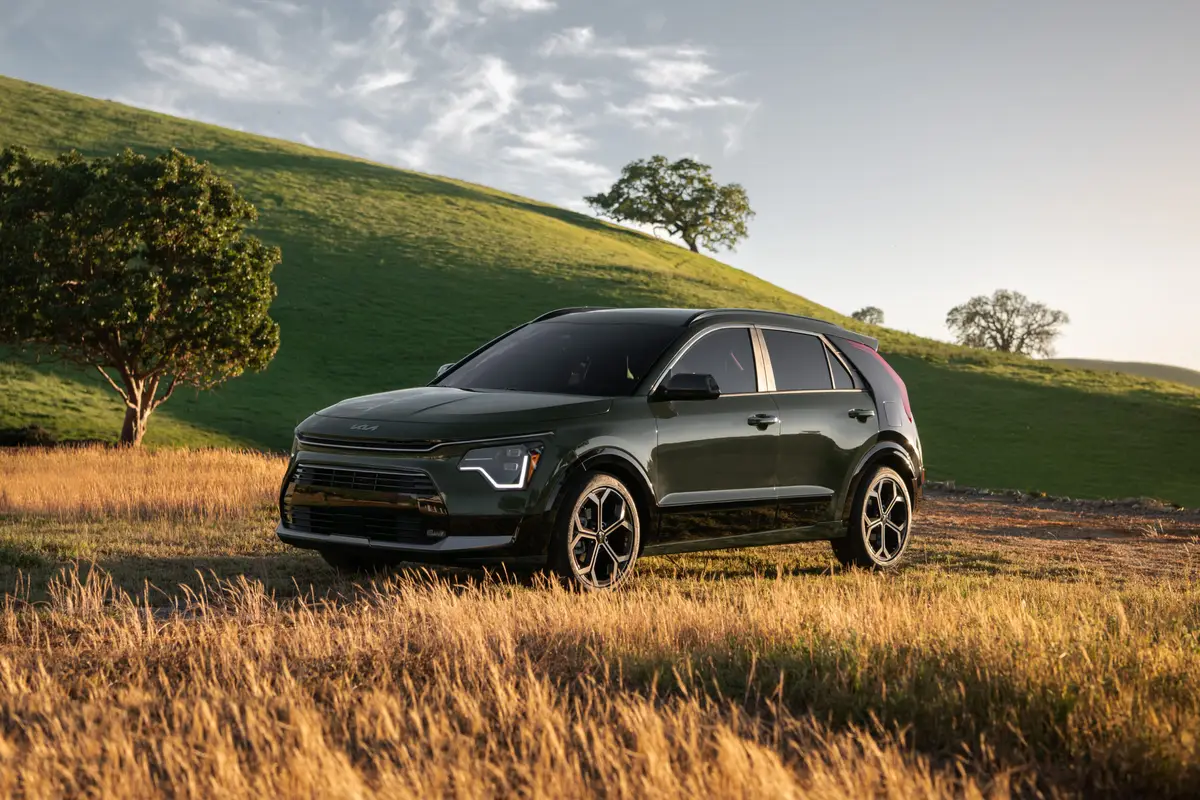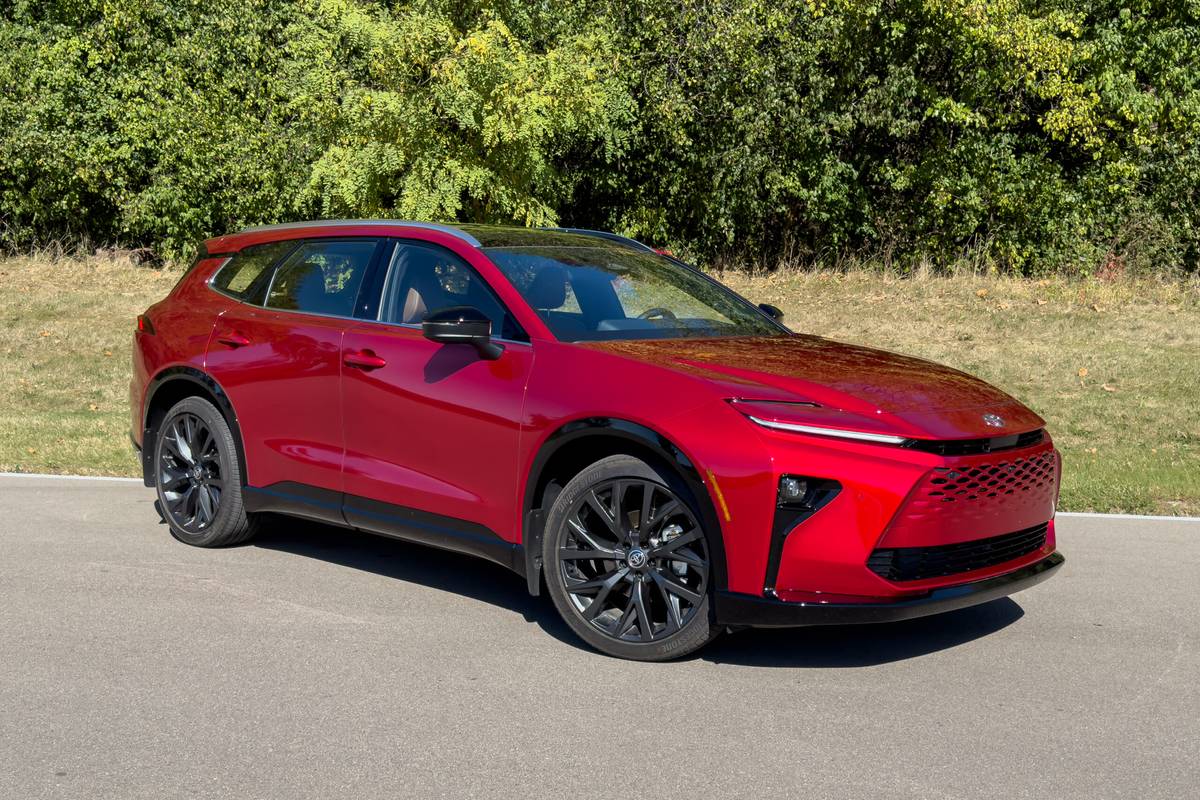washingtonpost.com's view
THE mind says the 1988 Range Rover is silly. No one needs a$30,000-plus four-wheel-drive vehicle.
Yeah, it beats most sports-utility models in off-road competition.But how often do you ford streams, drive through mud or traverse ruggedmountains to get to the office?
The heart, however, says you don’t know nothin’. Look at this thing.Ain’t it the most elegant box on wheels you’ve ever seen? Sit in thosegorgeous Connolly leather seats. Touch that real wood interior trim. Andwhat about that aircraft aluminum body over that rigid steel frame?Great, ain’t it? British royalty and Saudi princes love this machine.
Your problem, Mind, is that you don’t know the difference betweenlogic and class.
Mind: Class? Hah! What would the yuppie buyers of this “Britishclassic” say if they knew that its engine was developed by GeneralMotors?
Heart: The engine works, don’t it?
Mind: Yeah.
Heart: So, why they gotta tell anybody where the engine came from?I’m talkin’ image, and image ain’t real. It’s feel. And the Range Rovermakes you feel good, don’t it?
Mind: It surely does.
Heart: So, whatcha waitin’ for?
Mind: The cash.
Complaints: The Range Rover, introduced in the United States in March1987 after winning hearts and minds overseas for 17 years, is woefullyexpensive. It’s the Rolls-Royce of four-wheel-drive multipurposevehicles, and it would make lots of sense to own one if you intended to,or had a need to, exploit its wonderful potential.
But most four-wheel-drive vehicles stay mainly on the road. As forthose rainy, snowy occasions when extra traction is needed, anyless-expensive Jeep, Ford Bronco, Nissan Pathfinder, Isuzu Trooper orChevy Blazer will do.
Also, there are some technical bugaboos in the Range Rover. Emergencybraking in this 4,303-pound machine isn’t the best. The usual, acuterear-to-front vehicle weight shift in panic stops seems to increasehere, with a commensurate increase in stopping distance.
However, Range Rover officials argue that the stopping distance couldbe shortened by competent use of their vehicle’s excellentengine-braking ability, accomplished by manually downshifting theotherwise automatic gearbox from “drive” to third, second or first gear.’Tis true. But it also means that the Range Rover requires more than theusual new-owner orientation.
Praise: Overall, the Range Rover is simply the best multipurposevehicle on sale. A list of its virtues would require more than the spaceavailable here. But some goodies are obvious: It has the best ride ofany four-wheel-drive machine at any price, largely thanks to the use oflong-travel coil springs at all four wheels. Handling is generallyexcellent. The craftsmanship is superb. And, yeah, it’ll roll overpractically any terrain.
The Heart wins. I’d like to own one.
Head-turning quotient: The five-seat Range Rover drew many raves andsneers — an ego-maniac’s delight.
The engine: It’s a fuel-injec ted version of the 3.5-liter, V-8 engineintroduced by GM’s Buick Division in 1961 — yes, 1961. It’s aterrific engine, but one that GM withdrew from the market in 1964because it was too expensive to produce. British Leyland purchased theright to build the engine for its Rover vehicle line in 1965. The engineis rated 150 horsepower at 4,750 rpm.
Sound system: Four-speaker, AM/FM stereo radio and cassette byClarion. Mediocre.
Mileage: No more than 15 to the gallon (20-gallon tank, estimated290-mile range on usable volume), combined city-highway- off-road,running with mixed loads (one to five occupants).
Price: $36,450, including $1,125 for the optional leather upholstery,$1,375 for the optional sunroof, and a $550 destination charge. Baseprice is $33,400. Estimated dealer’s invoice price without options is$28,056.
Latest news



